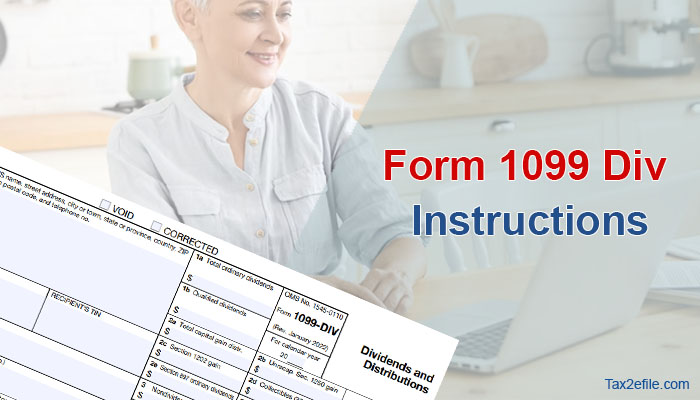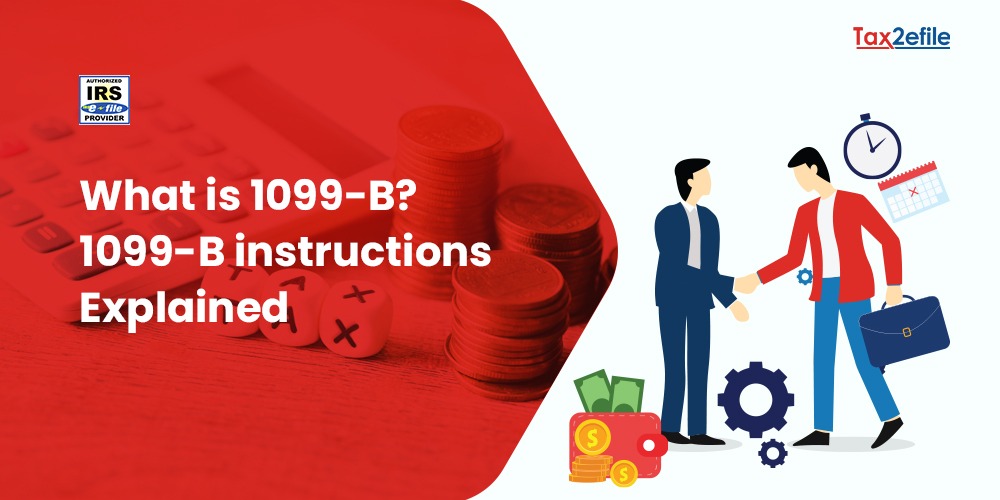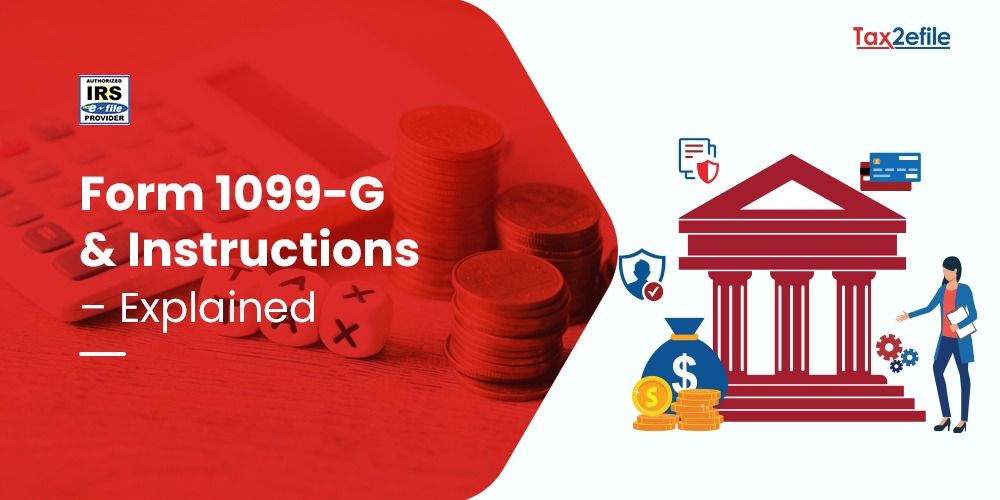- March 27, 2023

1099-DIV is an IRS tax Form that banks and other financial institutions predominantly use to report the dividends, and other distributions paid to the IRS and the taxpayers. A common reason for receiving Form 1099-DIV is that some investments paid dividends during the tax year. Taxpayers will not file 1099-DIV with the IRS but will need the information it reports while preparing the tax return.
Table of Contents
Specific instruction for Form 1099-DIV
Form 1099-DIV is a tax document financial institutions use to report distributions and dividends to investors and the IRS. If a person owns dividend-paying stocks or mutual funds that make capital gains distributions, you will receive the tax Form in the mail. It is essential to file Form 1099-DIV for each person to whom the taxpayer,
- Has paid dividends (both capital gain dividends and exempt-interest dividends) and other distributions valued at $10 or more.
- Withheld and paid foreign tax on dividends and other distributions on the stock.
- Withheld federal income tax on dividends based on the rules of backup withholding.
- Paid $600 or more in money or other property as part of a liquidation.
If the taxpayer makes a payment that could be a dividend but cannot determine whether any part of the payment is a dividend by the time they file 1099-DIV, the entire payment must be reported as a dividend.
Exceptions for Form 1099 DIV
It is not required to report on Form 1099-DIV the following,
- Taxable dividend distributions from life insurance contracts and stock ownership plans.
- Substitute payment for dividends.
- Payment made to certain payees such as tax-exempt organizations, IRS, HSA, etc.
How does this Tax Form Work?
The IRS tax Form 1099-DIV reports the distribution of income and dividends to the taxpayer and the IRS. This Form is also known as the Dividends and Distributions Form. A person will get this tax Form if they receive dividend payments or mutual fund distributions beyond $10 in a tax year. Taxpayers will receive copy B of the tax Form. The financial institution will send Form 1099-DIV to the taxpayer by January 31st of the tax year. And it will send the Form to the IRS by February 28th of the tax year.
For whom is this Tax Form?
Taxpayers will receive the tax Form 1099- DIV if their tax distributions happen in a taxable account. Tax Payers will not receive the Form from an individual IRA account, annuity, profit sharing, or pension account. Anyone who receives capital gains distributions or dividends of more than $10 for a taxable account in the calendar year should look for Form 1099- DIV. Taxpayers will receive a separate 1099-DIV Form for each taxable account in which the distribution occurred. Taxpayers should also include Schedule B with their returns if they have received more than $1500 as non-qualified dividends or as interest income in a tax year.
Most investors will receive Form 1099-DIV in their primary, but some companies allow them to access this tax Form online. Taxpayers need not file 1099-DIV with their tax return as the institution has already forwarded it to the IRS. But they much report the information in their tax returns. For more information on Form 1099-DIV, they can take help from expert tax professionals like Tax2efile.


